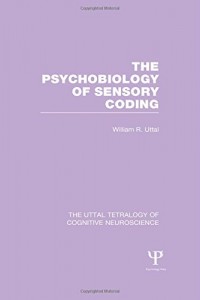-75%
Innovative Features Enhance Understanding of Prehospital Anatomy and Physiology
Learning Objectives
Each chapter in this comprehensive textbook sets specific and well-defined goals, outlining the critical knowledge and skills that students are expected to acquire. These learning objectives serve as a roadmap, guiding students through the chapter’s content, ensuring a focused and structured learning experience.
Progressive Case Studies
To provide a practical context and enhance retention, every chapter features an in-depth case study. These real-world scenarios immerse students in complex medical situations, challenging them to apply their knowledge and develop problem-solving abilities. Answers and thorough explanations for each case study are provided at the end of the chapter, offering a valuable opportunity for students to check their understanding and reinforce key concepts.
Vital Vocabulary
New and essential terminology introduced in each chapter is clearly defined and highlighted in boldface, underlined type. This approach provides students with immediate access to the vocabulary they need to understand the complex concepts being presented. A complete listing of terms appears at the end of each chapter, offering a convenient reference point for review and reinforcement.
Pathophysiology Tips
This feature sheds light on common medical conditions encountered in the field and explores their underlying mechanisms. By providing insights into the pathophysiology of diseases, students gain a deeper understanding of their manifestations and potential treatment strategies.
Safety Tips
Recognizing the inherent risks associated with prehospital care, this feature offers invaluable advice on ensuring the safety of both the patient and the provider. Students learn essential techniques and strategies for minimizing hazards and maintaining a safe working environment.
Special Needs Tips
This feature acknowledges the diverse patient population encountered in prehospital settings. It provides guidance on managing patients with specific needs, such as geriatric or pediatric populations, who may require tailored treatment approaches. This information helps students develop empathy and a comprehensive understanding of patient care.
Clinical Tips
Drawing on real-world experiences, this feature offers practical advice on treating patients in various clinical scenarios. Students gain valuable insights into evidence-based practices, enabling them to deliver optimal and effective care.
Full-Color Illustrations
Abundant and meticulously crafted full-color illustrations complement the text, offering a visual representation of complex anatomical structures and physiological processes. This engaging and effective visual aid enables students to clearly visualize and understand the material, fostering a deeper comprehension of human anatomy and physiology.
Chapter Summary
Each chapter concludes with a concise summary, highlighting the essential points discussed. This feature serves as a valuable tool for students to review and reinforce their understanding of the chapter’s key concepts. The summary provides a quick and convenient way to consolidate knowledge and prepare for assessments.
maybe you like these too:
- Symptom-Based Diagnosis in Pediatrics (CHOP Morning Report) (EPUB)
- Master Medicine: Physiology: A Core Text of Human Physiology with Self Assessment, 3e (Original PDF from Publisher)
- Ross and Wilson Anatomy and Physiology in Health and Illness, 12th Edition (Original PDF from Publisher)
- Textbook of Clinical Embryology










Reviews
Clear filtersThere are no reviews yet.